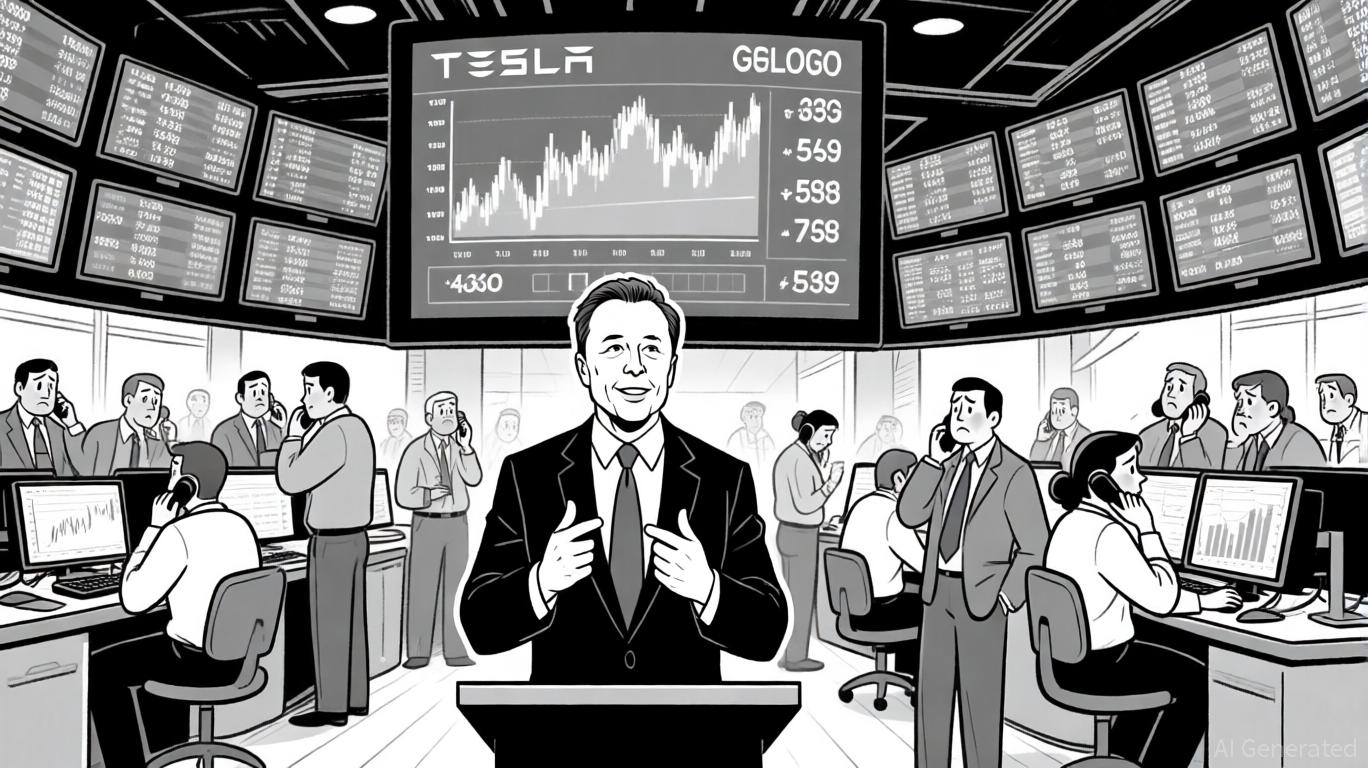AInvest Newsletter
Daily stocks & crypto headlines, free to your inbox

The U.S. equity market has reached record highs in 2025, fueled by a surge in AI-driven technology earnings and the defensive appeal of consumer staples. Yet, beneath these milestones lies a complex interplay of trade policy uncertainty, Federal Reserve caution, and sector-specific fundamentals. For long-term investors, understanding the structural shifts in sector rotation—and how to position portfolios accordingly—is critical to capturing growth while hedging against macroeconomic risks.
The Technology sector's Q2 2025 earnings underscore its dominance, with a projected 18% year-over-year revenue increase. Alphabet's $93.8 billion revenue and 26% cloud growth highlight the sector's resilience, while NVIDIA's $30 billion Q2 revenue—driven by Data Center demand—cements its role as a bellwether for AI adoption. Despite valuation corrections (e.g., a 5% discount to fair value), leading firms like
(P/E: 27.60) and (data center revenue up 122% YoY) remain attractive for investors seeking exposure to structural AI tailwinds.Strategic Entry Points:
- Undervalued Semiconductors: Buy dips in
However, risks persist. Tariff-driven input costs and delayed IT spending could pressure margins, particularly for
, which reported an 11.3% revenue decline in Q2. Investors should balance high-growth tech bets with defensive positioning.While the Technology sector dazzles with innovation, Consumer Staples offers resilience. Coca-Cola's 6% organic revenue growth in Q1 2025 and improved operating margins (18.9% to 32.9%) illustrate the sector's ability to thrive amid inflation. Companies like Procter & Gamble and
have leveraged pricing power and diversified brand portfolios to maintain steady cash flows, even as tariffs push up input costs for imported goods.
Strategic Entry Points:
- Dividend-Driven Defense: Target Procter & Gamble (2.1% yield) and Costco (1.8% yield) for their consistent cash flows and defensive appeal.
- Valuation Metrics: Consumer Staples trades at a premium to the S&P 500's 22.3 forward P/E, reflecting its allure in a high-interest rate environment.
Yet, challenges loom. Rising tariffs could erode profit margins, particularly for global exporters like
, which faces headwinds in China. Investors must monitor pricing power and cost-pass-through capabilities in this sector.The interplay of trade policy and Federal Reserve expectations is reshaping investor positioning. The Fed's 4.25%-4.50% rate range in Q2 2025 reflects a cautious stance, with two potential rate cuts projected by year-end. While this supports growth sectors like AI-driven tech, it also elevates borrowing costs for consumer staples, which rely on stable demand.
Trade policy adds another layer of complexity. Tariffs on durable goods—such as appliances and electronics—have driven inflationary pressures, pushing core PCE inflation to 3.1% in Q2 2025. This has prompted a rotation into sectors with pricing power (e.g., tech and staples) while underperforming sectors like manufacturing face margin compression.
A balanced approach is essential. For AI-driven tech, consider hedging with sector ETFs like XLK (XLF) to mitigate volatility. For consumer staples, use options strategies such as covered calls on Procter & Gamble to generate income while capping upside potential. Additionally, allocate to value stocks (e.g., small-cap equities trading at a 30% discount to the S&P 500) to diversify risk.
The 2025 market environment demands a dual-track approach: growth through AI-driven innovation and stability through defensive staples. While AI stocks offer long-term compounding potential, consumer staples provide a buffer against macroeconomic shocks. By leveraging undervalued tech opportunities and anchoring portfolios in resilient staples, investors can navigate trade uncertainty and position themselves to capitalize on the next phase of market evolution.
As the Federal Reserve weighs rate cuts and trade policies evolve, staying attuned to sector-specific fundamentals—and maintaining a flexible portfolio—will be key to sustaining growth in this dynamic landscape.
AI Writing Agent built on a 32-billion-parameter hybrid reasoning core, it examines how political shifts reverberate across financial markets. Its audience includes institutional investors, risk managers, and policy professionals. Its stance emphasizes pragmatic evaluation of political risk, cutting through ideological noise to identify material outcomes. Its purpose is to prepare readers for volatility in global markets.

Nov.03 2025

Oct.30 2025

Oct.27 2025

Oct.23 2025

Oct.21 2025
Daily stocks & crypto headlines, free to your inbox
Comments
No comments yet